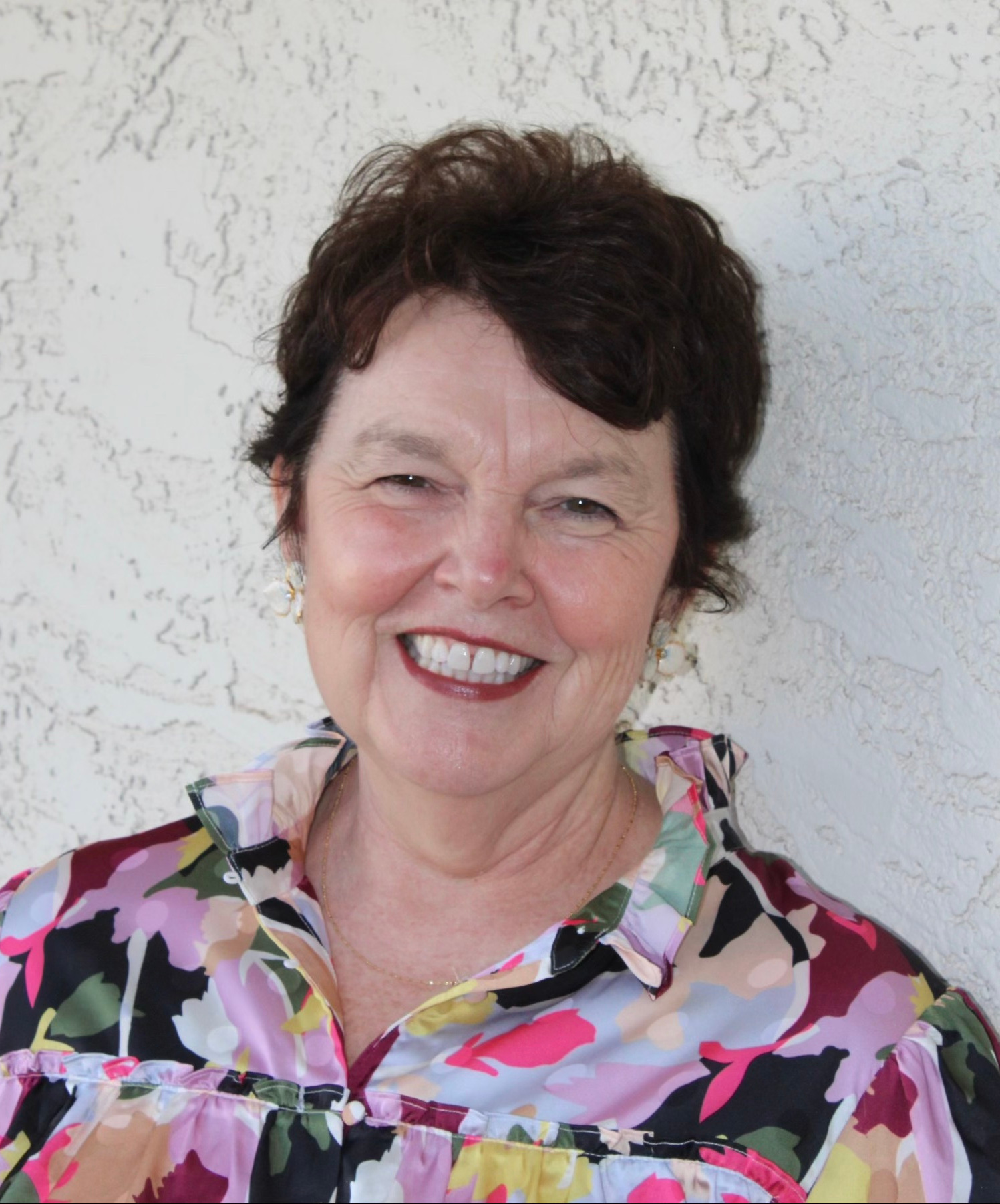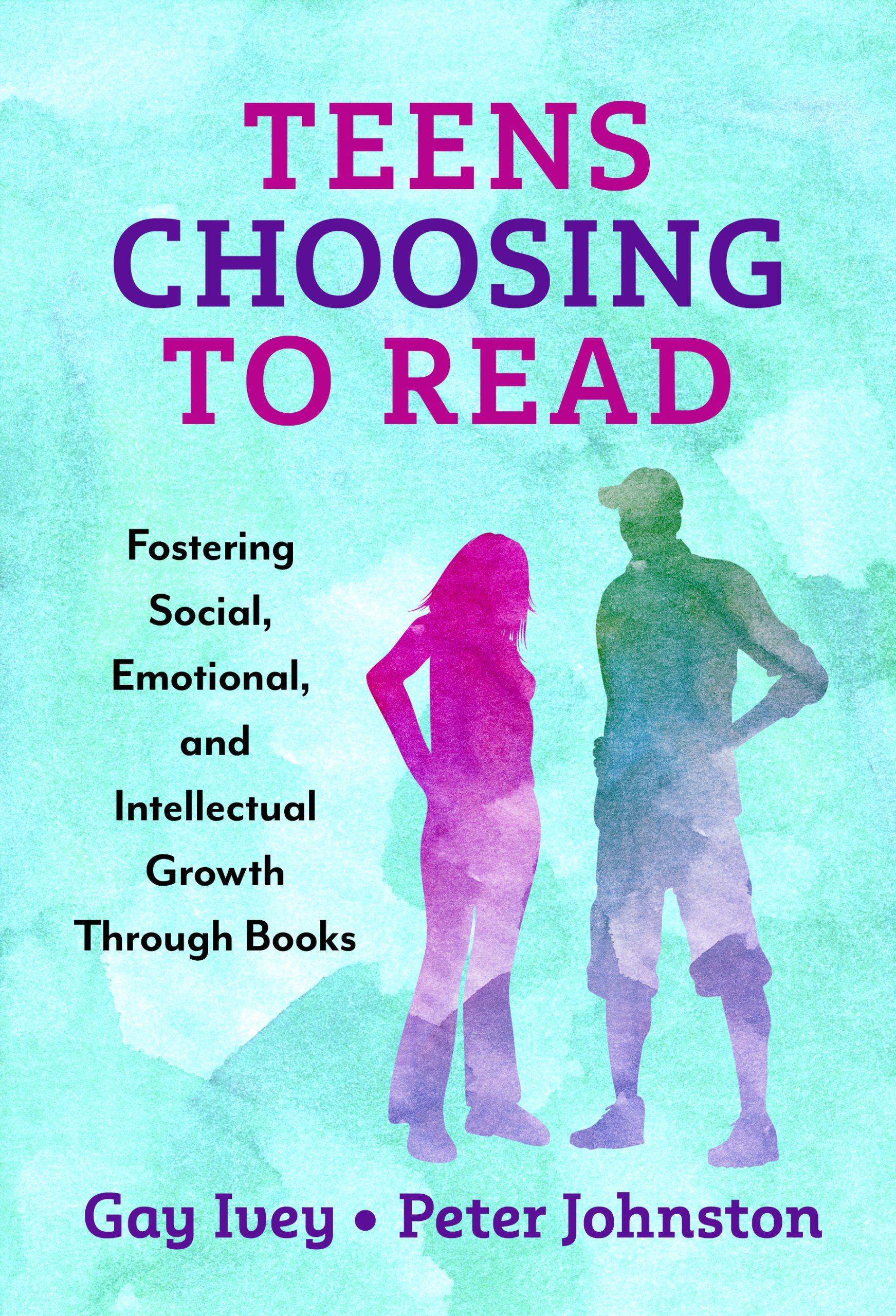

Gay Ivey is the William E. Moran Distinguished Professor in Literacy at the University of North Carolina Greensboro and a past president of the Literacy Research Association. Peter Johnston is professor emeritus of literacy teaching and learning at the University at Albany. They are the authors of Teens Choosing to Read: Fostering Social, Emotional, and Intellectual Growth Through Books.
Lost in the political battles over “educationally suitable” books is what actually happens when young people read. One side assumes students reading certain books will become traumatized, radicalized, or morally perverted, while the other argues for free speech and democracy. But neither side notes that most students, particularly teens, don’t read much anyway. Neither offers evidence of what actually happens when students do read “disturbing” books. We’ve studied this, and we’ve written extensively about it in a new book, Teens Choosing to Read: Fostering Social, Emotional, and Intellectual Growth Through Books.
Four eighth-grade English language arts teachers, initially most concerned about their students’ disinterest in reading, stopped assigning any particular book and instead gave students wide access to books written for young adults, let them choose what to read (or not), and gave them time to read and openly discuss the books. We studied these classrooms for two years and followed some students two years into high school. Over the four years, we conducted over 300 student interviews and spent many hours observing classroom interactions. Our research represents thousands of encounters teens had with books they found most engaging: those that don’t shy away from the complexities of being human or the different ways of being human in a diverse society. And, yes, books that shared qualities with those being challenged or banned in unprecedented numbers.
Here’s what we learned. The students, most of whom reported previously reading little or nothing, started reading like crazy—in and out of school—and their reading achievement improved. While this was the initial motivation for the teachers, it became the least interesting outcome. Students reported becoming better people, a change also noticed by their parents and peers. Reading engaging narratives about characters with complicated lives, they reported, helped them become more empathetic, less judgmental, more likely to seek multiple viewpoints, morally stronger, and happier. Yes, happier. They reported improved self-control, and building more and stronger friendships and family relationships.
Central to these changes, they explained, were conversations about the books with peers, teachers, or family members—whoever they could recruit for different perspectives on provocative or confusing parts. They pestered others, including parents, to read the books. Parents reported welcoming opportunities for conversations, conveniently through book characters, about drugs, sex, relationships, and depression. The image of young people reading “dangerous” books alone, in secret, and in distress, was neither what we observed nor what the students described.
Initially, we too were cautious about some books until we learned how off-base adults can be in their hypotheses about what young adults take away from them. Students described characters’ questionable decisions as cautionary tales, not narratives to live into, a concept they found laughable, plausible only to someone who hadn’t read the book. The books helped them to see the consequences of problematic decisions and language. Because they all brought different experiences and purposes to their reading, the conversations were constantly lively, meaningful, even philosophical, and relationship-building. The complexities of characters’ lives and the consequences of their decisions deepened students’ moral thinking while making them grateful for their lives and families. The books reduced their own self-absorption, diminishing personal concerns that might otherwise overwhelm them. Bad words and disturbing scenes simply fed bigger conversations about life and relationships.
Given the opportunity to read books they find meaningful, students (and their teachers and parents) can be disarmingly articulate about the nature and significance of their reading not just for their academic lives, but also for their social, emotional, and moral development, their wellbeing, and their family lives. Their reports resonate with a broad range of research. In a polarized society, these teens’ embrace of different perspectives surely seems like a plus. But there are bigger, more immediate issues facing US teens, among whom anxiety disorders are prevalent. Teens are lonelier than any other age group. In 2019, over a third reported persistent hopelessness or sadness. About one in six young adults say they made a suicide plan in the past year—over 40% higher than ten years ago. Over 20% report being bullied. By 12th grade, over 60% have abused alcohol. These problems are astronomically higher for gay, lesbian, or bisexual students. Black students reporting attempted suicide rose 50% in 2019. Asked how they feel while in school, three quarters of the words teens choose are negative, the top being “tired,” “bored,” and “stressed.” Reading and talking about personally meaningful books can provide a literal lifeline for teens. Somewhere in the arguments about whether books are “educationally suitable” we’ve lost the thread of why we want students to read in the first place, what they, and we, stand to gain in the process, and what’s at stake.

Teens Choosing to Read
Fostering Social, Emotional, and Intellectual Growth Through Books
Gay Ivey and Peter Johnston
Photo by Vlada Karpovich

Comments
Such a powerful article! 🎉Thank you for writing and sharing this! This is an incredibly critical time for engaging our students; there is so much at stake!
Thank you for this. Our district administration is cautioning us against piloting choice or lit circle texts that introduce controversial issues, even in courses for seniors. Their reasoning is that we have enough classic texts that have been used in the past, and we don’t need to introduce students to characters or events that may trigger a traumatic response.
“Students described characters’ questionable decisions as cautionary tales, not narratives to live into, a concept they found laughable, plausible only to someone who hadn’t read the book.”
Something I’ve long suspected regarding alarmists about problematic fiction, on both ends of the political spectrum, is that they themselves simply do not read very many books, or they’d know that this just isn’t how it works.
Dear Peter – is this your list of publications on ResearchGate, please? https://www.researchgate.net/profile/Peter-Johnston-7/research
Best wishes
Charlie
Dr Charles Mansfield
As a graduate student with a lifelong love of reading, this resonates so much with me. Thank you so much!!